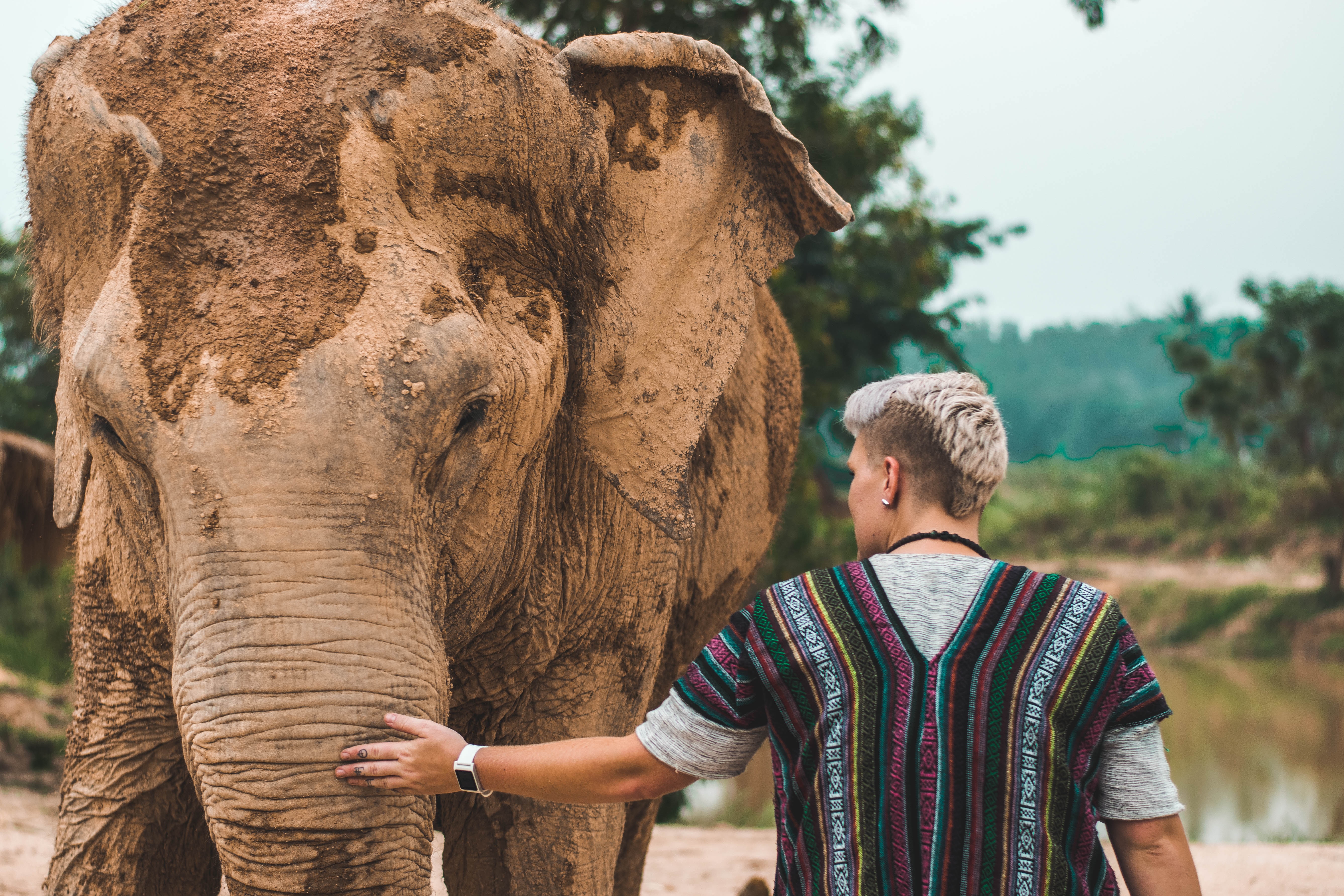Swimming in wild places is as much an excellent summer activity as it is proof of the covenant between man and nature. If we treat our public lands well (by not polluting them, destroying them or selling them off), they will reward us with deep-blue swimming holes and what might be the natural world’s best form of free therapy.
Filmmaker Ben Cox made his short documentary “Water Log” to share how his friend, Joe Minehan, battled a severe anxiety problem in part through diving into rivers, lakes and oceans. “I would never say that wild swimming cured his anxiety,” says Cox, who grew up swimming in a river near his grandparents’ home in his native U.K (“It’s quite a bougie thing there, for sure.”) “He sought mental health support and worked with a counselor. But the wonderful thing about wild swimming is how it provides you with a way of fully being in the moment.”
If you haven’t had much of a chance to be in the moment these past few months — either because you’ve newly taken on the role(s) of middle school principal, autodidact hair stylist, Zoom pro-level subscriber, and/or temporary hermit (or simply joined the growing ranks of the unexpectedly but now deeply anxious) these five hike-in spots might help. Just remember to use caution when exploring on your own, with a safety-first mindset: water shoes at the ready, no diving, and a buddy at hand.
Faucherie Lake Falls, Tahoe National Forest
Why here? Start at Faucherie Lake — which might be sufficient. If you want more of a “hole” and less of a “lake” vibe, though, follow a 1.1-mile out-and-back trail from the water’s edge to the Faucherie Lake waterfalls and its attendant pool.
Get there: Hike from the lake, which the Tahoe National Forest staff say is accessible to cars via a road that’s “very rough, rocky, and narrow. Low clearance vehicles and trailers are not recommended.”
Driving time from S.F. About four hours
Precipice Lake, Sequoia National Park
Why here? You might know Precipice Lake from its frozen appearance in Ansel Adam’s work.
Get there: The longer the hike, the smaller the crowds: The mileage involved here (it’s 20 miles from the trailhead), along with the elevation (10,300 feet) will scare away the daytrippers. Keep heading along the High Sierra Trail, and you’ll have your pick of alpine lakes.
Driving time from S.F.: About five hours

Lake Aloha, Desolation Wilderness
Why here? It might be the perfect marriage of a long-ish (13 mile) hike with alpine lake reward — start early (to get there and back in a day), bring a permit (rangers check), and don’t forget your mask (there are more lonesome lakes out there, if that’s what you want.)
Get there: It’s 6.5 miles to the lake, from the Echo Lakes trailhead.
Driving time from S.F.: About four hours
Middle McCloud Falls, Shasta-Trinity National Forest
Why here? Emerald green pools at the base of a 50-foot-tall waterfall — this is the prototypical Northern California swimming hole
Get there: The four-mile McCloud waterfall trail is on U.S. Forest Service land; due to covid, the nearest ranger station is closed (see more info here).
Driving time from S.F.: About four hours
Margaret Lake, El Dorado National Forest
Why here? It’s the best way to celebrate the halfway-point on a 6-mile, out-and-back trail: jumping into this alpine lake in El Dorado National Forest.
Get there: The trail is mostly flat but does require some rock scrambling and stream crossing, so maybe leave the less agile dogs at home.
Driving time from S.F.: Nearby Kirkwood is about a four-hour drive.
For more travel news, tips and inspo, sign up for InsideHook's weekly travel newsletter, The Journey.




















